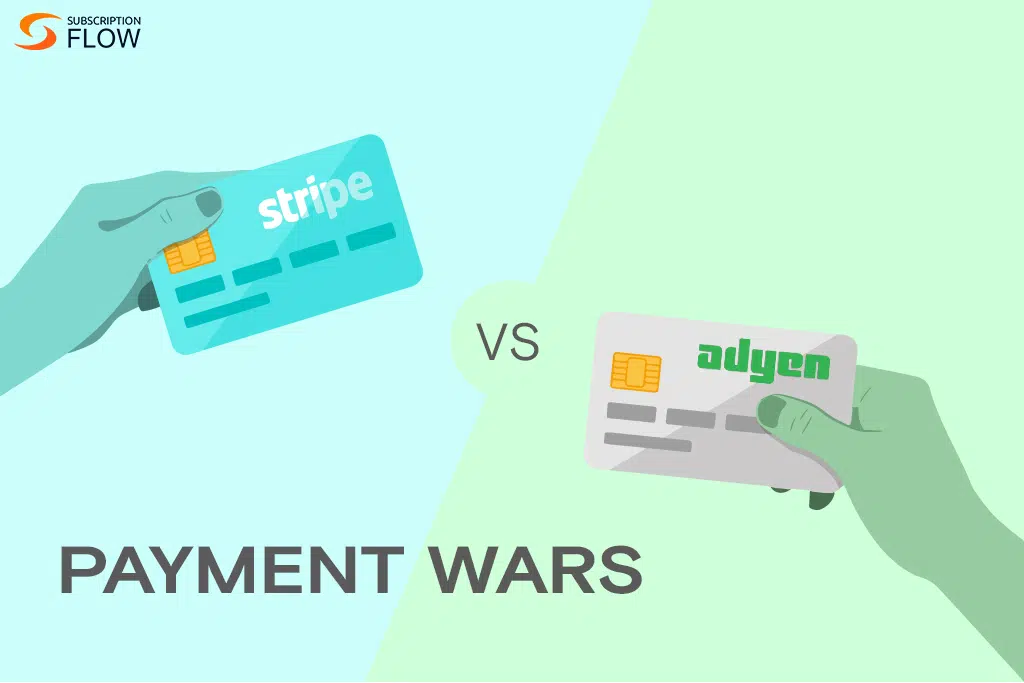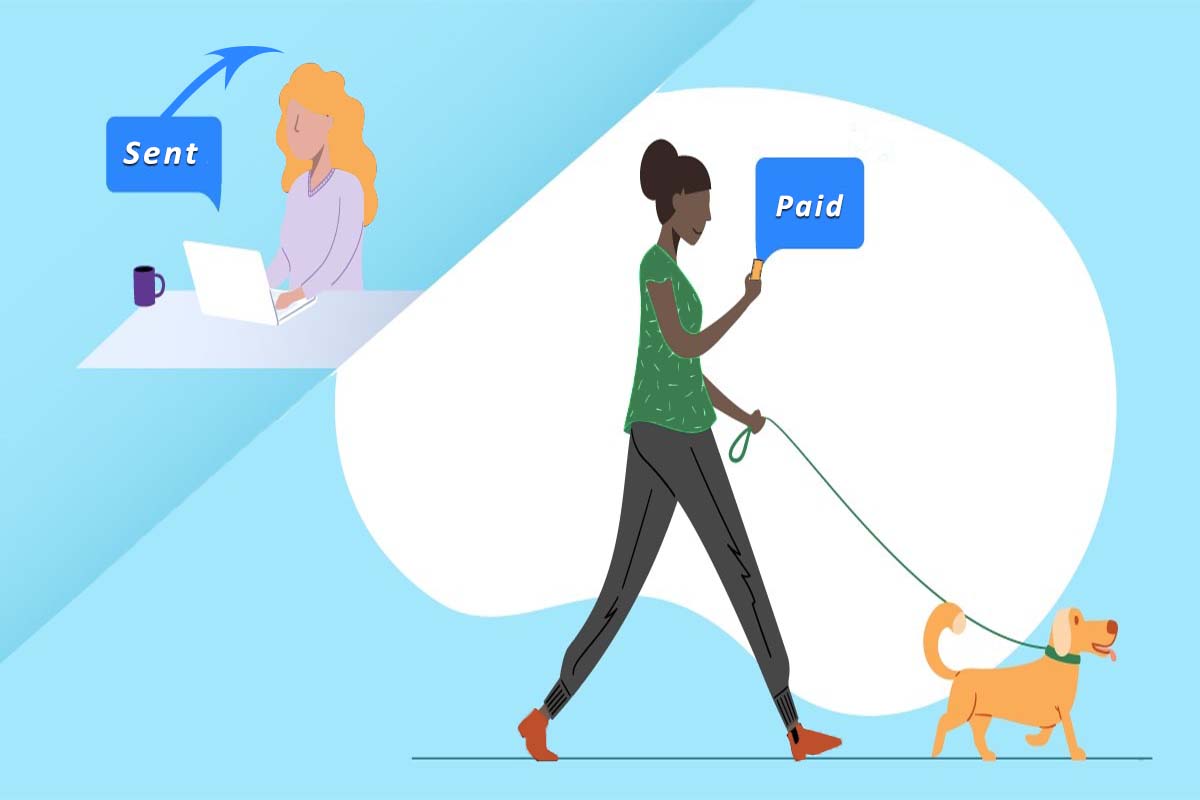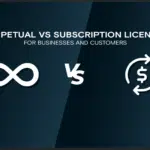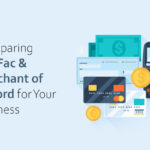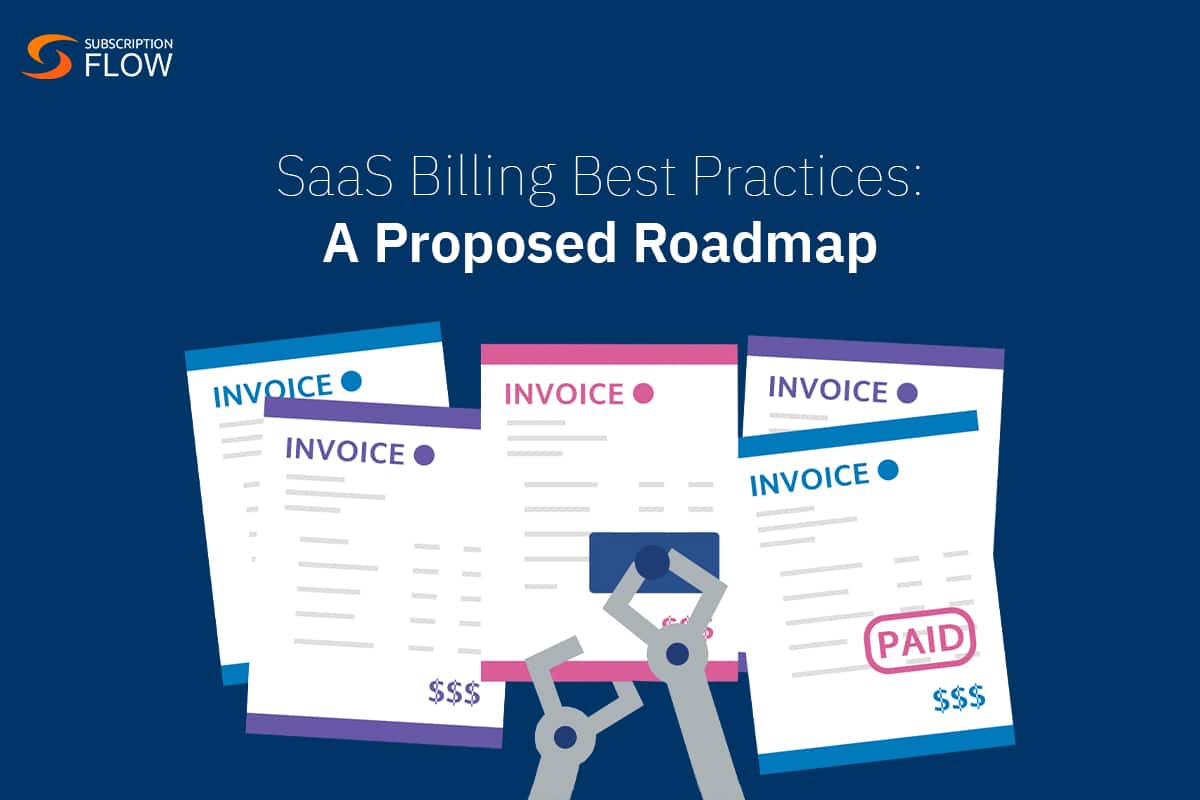
SaaS Billing Best Practices: A Proposed Roadmap
The current Software-as-a-Service (SaaS) business landscape is going through a mass subscription revolution. Thanks to the advent of cloud computing, SaaS businesses are no longer selling their products in the form of hardware. This has greatly facilitated the widespread implementation of subscription based billing models.
It is very important to realize that under subscription-based business models, billing becomes a key business decision that can make or break the deal. Moreover, as SaaS businesses expand there are more affairs that need to be taken care of. Firstly, there is a bigger number of customers that need to be managed. This includes sending invoices, processing payments, and giving the necessary customer support. Along with this, management has to provide efficient service on any newly included features.
This scenario might sound familiar to growing SaaS businesses. With growth comes increased room for error, which is why businesses need to proactively improve their billing practices to ensure success.
Best SaaS Billing Practices
Attention to detail is one of the biggest conditions for success. SaaS businesses should always analyze their billing practices to see if there is any room for improvement. The end goal should be adding value for the customer while also improving the daily operations of the business. Here is a compilation of a few measures that can greatly improve the subscription billing procedures:
1. Early Automation:
Billing management is a very time-sensitive decision. Once your business is out of its initial phase and starts gaining a reliable customer base, the first step should be opting for automated billing and subscription management systems. It is a well-known fact that efficient automation grants many benefits to a business. Thus, delaying the decision for proper automated billing can be greatly disadvantageous.
Under a proper automated system, there will be no operational roadblocks and customers will receive timely invoices. There would also be significantly less room for human error. Manual billing is prone to discrepancies and other errors that can snowball into eventual churn of customers.
2. Transparency:
Sometimes SaaS businesses make the mistake of keeping discreet payment loopholes. This might benefit them in the short term but can be extremely disastrous in the long term as customers will want to shift away from other businesses that seem transparent and fair.
Customers value transparency in their transactions with any business. Thus, SaaS businesses should clearly communicate all the details of their payment plans and their refund policies. There should be no hidden fees or other artificial roadblocks that cause customers to overpay.
3. Flexible Pricing:
Businesses often fail to recognise that as they are expanding their customer are also growing side by side. The needs of a mature customer vary significantly from that of a new one. They might require different volumes of data or they might require more of one feature. Businesses should implement flexible prices that mirror the usage of the customer.
SaaS businesses should aim to provide a smooth transition to their maturing customers. They should introduce new pricing plans such as usage-based pricing, tiered pricing, freemiums, etc. This will help customers perceive the innate fairness of updated billing practices.
4. Secure Payments:
The well-being of customers should always be prioritized by businesses. This also extends to the provision of secure payments. Firstly, SaaS businesses should keep themselves updated about industry compliance standards so their billing processes can run smoothly without any legal issues.
Moreover, businesses also need to facilitate their customers’ payments by giving them multiple payment methods. Customers can choose to pay through credit/debit cards or online cash wallets, depending on their convenience. Moreover, secure payment gateways should also be established so the valuable bank information of customers stays safe.
5. Data Analysis:
SaaS businesses collect a lot of customer data which can reflect customers’ preferences. They can see the usage patterns of customers to learn which features of their business have the most value for customers. They can also learn about those features of their service that customers find difficult to navigate.
Efficient data mining of usage patterns can allow businesses to determine their position and they can also use this information to optimize their current services.
Also Read: Resolving SaaS Pain Points with the Ultimate SaaS Billing Engine
Why Is Using Best Practices For SaaS Billing Important?
The simplest answer to this question is that billing is no longer a confined business decision and it has wide spreading effects across the functions of a business. The best practices for SaaS subscription billing guarantee greater agility to businesses. They prioritize the sustained improvement in the overall health of a business and help mitigate the high stakes. The following compilation goes into more detail:
- Streamlined Cash Flows: Subscription businesses are entirely dependent on efficient billing for the smooth running of overall business operations. The payments sent in by the subscribers are the lifeblood of the business because they are the major cash flow inlet. Even minor issues in billing can cause major roadblocks in other functions. Efficient billing practices can ensure streamlined cash flows.
- Competitive Advantage: Suppose your SaaS business has a competitor providing an elevated version of the service that you are providing. However, their billing practices are very tedious and shady. On the other hand, your business provides smooth and transparent billing. This can become a major competitive advantage for your business and customers will be more attracted to your business.
- Risk Mitigation: With good billing practices, businesses can become more cost-effective and efficient. There would be no delays caused by legal hangups or payment non-compliance which will make for a smooth experience for customers.
- Customer Satisfaction: Customers are able to see the fairness of billing practices. With a good billing procedure, customer satisfaction is guaranteed. Moreover, this is a brilliant way to avoid unnecessary churn due to tedious billing and retain customers in the process.
Conclusion
There are no hard and fast rules as to what amalgamation of billing processes make for the best practices for SaaS subscription billing. However, a good rule of thumb is that it facilitates both the customer and the business. With efficient billing practices, scalability and success become achievable goals.



